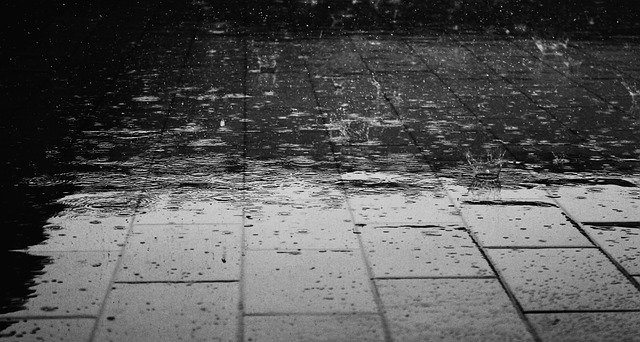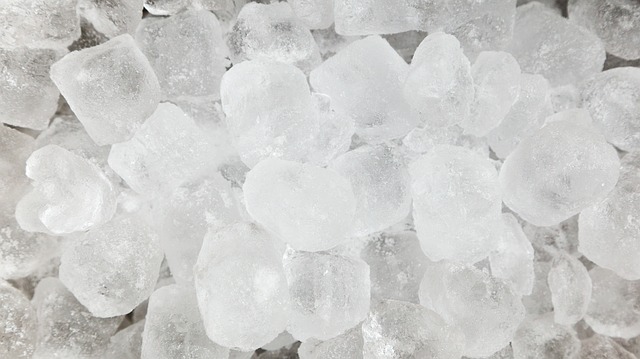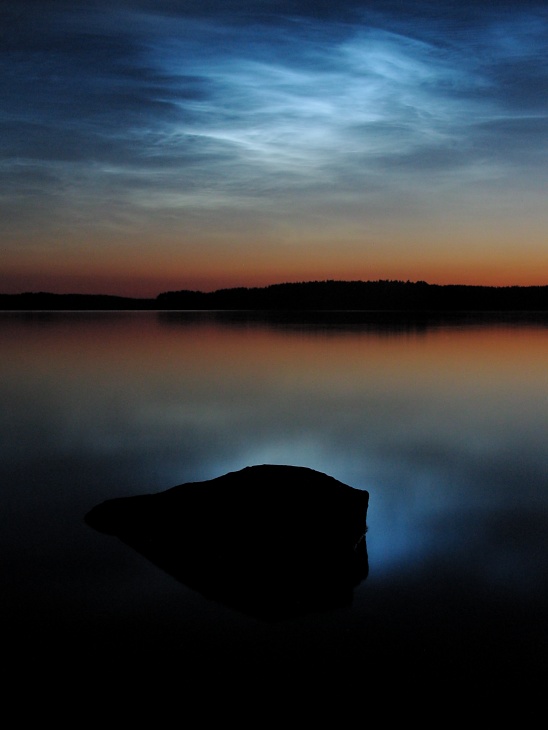Weather
Article curated by Ginny Smith
Weather affects all of us, every day, and yet there is still much we don't know about it. As well as trying to predict day-to-day weather, scientists hope to predict how it will change as the Earth continues to warm. This is extremely difficult because of the number of interconnected factors, but is vital if we want to stay safe from extreme weather events.

How weather works


 2
2Another factor that is known to affect cloud formation is the presence of microbes. It is thought that a lower temperature is required to make ice if there are microbes in a cloud than if only dust is present. This could make it more likely for rain clouds to form when these microbes are present. Scientists are now studying these microbes both in the lab and in the field, using weather balloons. Hopefully understanding the influence they have could transform our understanding of weather.

The Changing Climate
The climate is currently changing extremely rapidly, as greenhouse gas emissions cause the Earth to warm. However the effects this is having on our weather systems, and how these might change in the future, are extremely difficult to predict. The Earth is a very complex system, with a change in one variable often affecting many others. To complicate matters further, even if a rise in overall rainfall is predicted, this doesn't tell us what will happen locally. Researchers build computer models to try to predict these interconnected events, and many suggest that even if global rainfall increases, dry areas may actually become drier. Increased rainfall in other areas could also have devastating effects as floods become more common. It is vital that we try and improve predictions so we can prepare for, and try to mitigate the effect of, these extreme events.

 3
3
As well as changes in rainfall, more dramatic weather events seem to be being influenced by climate change. Hurricanes form over warm oceans, so as the temperature of our oceans increases it is likely they will become more frequent and/or more intense. In order to protect ourselves, we need to be able to predict the route of a hurricane and its likely future intensity. Forecasters have improved the accuracy with which they can predict the direction of hurricanes but the process by which hurricanes gather intensity is still far from understood. This is partly because of the difficulty in collecting data from a hurricane; the parts of interest are just too turbulent and dangerous to enter. Current devices cannot stay in the storm long enough to collect clear and conclusive data, however new technologies such as drones may help.


Although we know climate change is happening, it is very difficult to predict the effect it will have, and even harder to determine what the economic impact will be. Some have tried though; a report for the European Commission's Joint Research Center (June 2014) finds that if global temperatures increase as expected, the economic costs could amount to $200bn for the EU alone - a net welfare loss of 1.8 percent of the current gross domestic product. How accurate is this number? We will just have to wait and see...

 2
2Freak Weather Events
As well as everyday weather, there are various examples of very rare weather events that we don't fully understand. One of these is ball lightning; luminous spheres that appear during a thunderstorm, sometimes causing damage and death. Sightings of ball lightning are rare and often show inconsistencies making them an unreliable source of data- the phenomenon wasn't truly believed to exist until the 1960's . However, ball lightning has now been replicated in a laboratory[1]. One method of doing this involves applying a voltage to silicon substrate, causing it to evaporate and sometimes produce a fireball like the ones reported, while others use microwaves. Because natural occurrences are so rare and unpredictable, there is little data to go on to determine which method is most like what happens in nature. In 2012, however, researchers in China happened to be recording a storm in which ball lightning occurred. When a bolt of lightning hit the ground, a 5 metre wide glowing ball, lasting 1.6 seconds, rose upwards by 15 metres. The researchers used a spectrometer to determine the elements found in the ball lightning and showed it contained silicon, iron and calcium. This supports a theory that the balls are formed when chains of silicon particles burn. The silicon is released from silicon dioxide found in soil when it reacts with carbon (also from the soil). This theory has also allowed similar orbs to be produced in the lab, so is currently our best understanding of the phenomenon. However as it is so rare, more information will be needed before we can say for definite why ball lightning occurs.


This article was written by the Things We Don’t Know editorial team, with contributions from Ed Trollope, Johanna Blee, and Grace Mason-Jarrett.
This article was first published on 2015-08-27 and was last updated on 2018-03-05.
References
why don’t all references have links?
[1] Dikhtyar, V., Jerby, E., (2006) Fireball Ejection from a Molten Hot Spot to Air by Localized Microwaves Physical Review Letters 96(4) DOI: 10.1103/PhysRevLett.96.045002
Blog posts about weather



Recent weather News
Get customised news updates on your homepage by subscribing to articles











